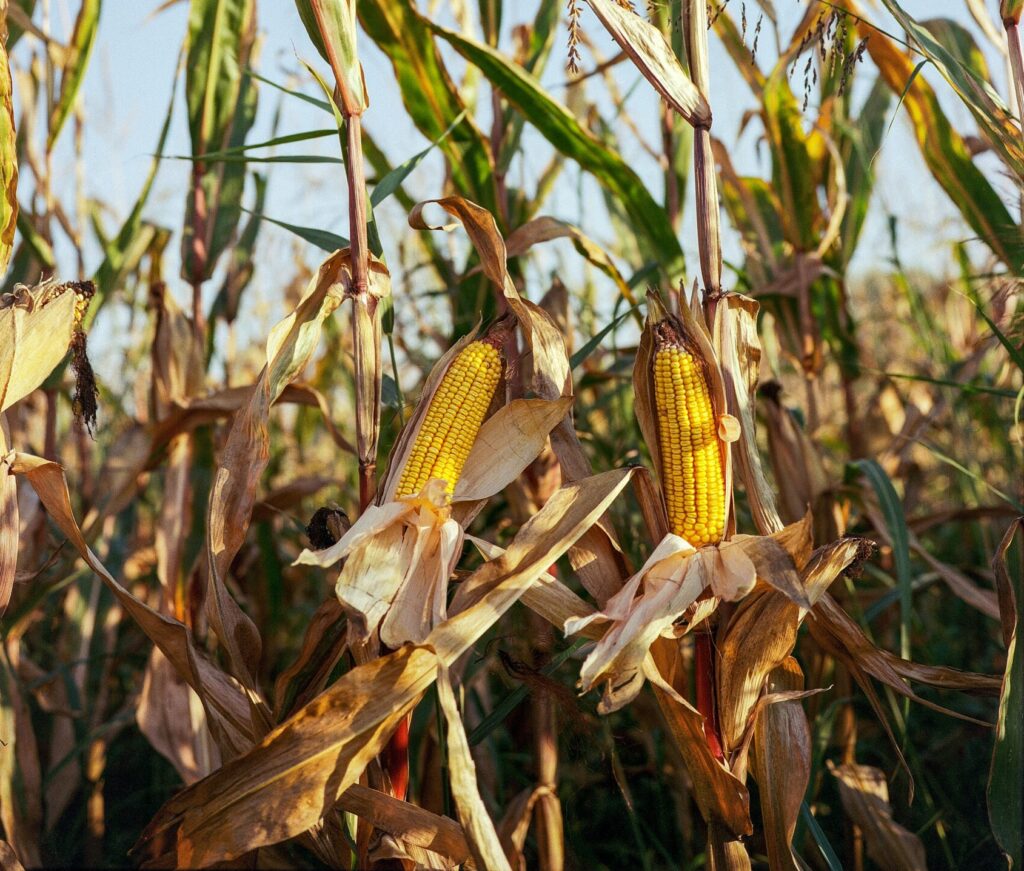Wheat, like any crop, requires a range of essential nutrients to grow well and produce high yields. From early development through maturity, ensuring the right nutrients are available at the right times is crucial. This blog explores the main nutrients wheat needs, the ideal fertilization schedule, and tips for optimizing soil fertility for a successful wheat harvest.
Key Nutrients for Wheat Cultivation
- Nitrogen (N):
- Role: Nitrogen is vital for promoting leaf and stem growth. It drives photosynthesis, which is essential for producing the carbohydrates that fuel plant development.
- Symptoms of Deficiency: Pale green leaves and stunted growth are typical signs of nitrogen deficiency.
- Application Tip: Apply nitrogen in stages to support growth across different stages of development.
- Phosphorus (P):
- Role: Phosphorus is crucial for root development, early plant establishment, and energy transfer within the plant. It also enhances flowering and seed formation.
- Symptoms of Deficiency: Poor root growth and a purple tint on older leaves are indicators of phosphorus deficiency.
- Application Tip: Phosphorus is best applied at planting since it is most effective when placed near the root zone.
- Potassium (K):
- Role: Potassium helps regulate water use, improves drought resistance, and strengthens disease resistance in wheat.
- Symptoms of Deficiency: Leaf edges turning yellow or brown may indicate a potassium deficiency.
- Application Tip: Potassium can be applied at planting and incorporated into the soil.
- Sulfur (S):
- Role: Sulfur is essential for protein formation and enzyme activation, supporting nitrogen use within the plant.
- Symptoms of Deficiency: Yellowing of new leaves and reduced plant vigor are common signs.
- Application Tip: Apply sulfur in soils prone to leaching or in cases of low organic matter.
- Micronutrients:
- Zinc (Zn), Copper (Cu), Manganese (Mn), Iron (Fe), and Boron (B) are needed in smaller quantities but play vital roles in enzyme activation, chlorophyll production, and overall plant health.
- Application Tip: Micronutrients can be applied with foliar sprays or in soil applications where deficiencies are identified.
Ideal Fertilization Schedule for Wheat
- Pre-Planting Stage:
- Soil Testing: Conduct a soil test to assess nutrient levels and identify any deficiencies.
- Base Fertilizer Application: Apply phosphorus and potassium, as these nutrients are essential for root establishment and initial plant health. For soils with a known deficiency in sulfur, a sulfur application can also be beneficial.
- Lime Application: If the soil pH is low, apply lime to raise the pH to between 6.0 and 7.0, which is optimal for nutrient availability in wheat.
- Planting Stage:
- Starter Fertilizer: A balanced starter fertilizer with nitrogen, phosphorus, and potassium can provide a boost to young plants. If using a starter fertilizer, ensure it is placed near the seed for efficient uptake.
- Micronutrient Addition: If soil tests indicate a deficiency, incorporate micronutrients like zinc or boron during planting.
- Tillering Stage (Approximately 3–5 Weeks After Planting):
- Nitrogen Top-Dressing: Apply the first split application of nitrogen. This will support early vegetative growth and enhance tillering, which is important for yield potential.
- Sulfur Application: In regions where sulfur leaching is common, apply an additional dose of sulfur to support nitrogen uptake and protein synthesis.
- Stem Elongation and Booting Stages:
- Second Nitrogen Application: Another split nitrogen application can be applied during stem elongation to ensure the plant has enough energy to support rapid growth.
- Foliar Spray of Micronutrients: A foliar application of zinc, copper, or manganese can be beneficial if signs of deficiency appear or if soil tests indicate the need.
- Grain Fill Stage:
- Final Nutrient Boost: Ensure that potassium levels are adequate, as potassium supports the transport of nutrients into the grain and can improve grain quality.
- Monitor for Micronutrient Deficiencies: Apply any needed micronutrients as a foliar spray to correct late-season deficiencies, which can affect grain quality.
Best Practices for Sustainable Wheat Fertilization
- Soil Health Maintenance: Incorporate organic matter, such as compost or green manure, to improve soil structure and nutrient availability.
- Precision Application: Use precision farming techniques, like GPS-guided nutrient application, to apply the exact amount of nutrients needed, reducing waste and environmental impact.
- Integrated Soil Management: Rotate wheat with legumes, which fix nitrogen in the soil and help replenish soil nutrients naturally.
Providing wheat with the right nutrients at the right times is essential for a healthy and productive crop. By following a balanced fertilization schedule, farmers can ensure that wheat receives adequate nutrition throughout its growth stages, leading to higher yields and better grain quality. Regular soil testing, proper timing, and a focus on sustainability can make wheat farming both productive and environmentally friendly.
















